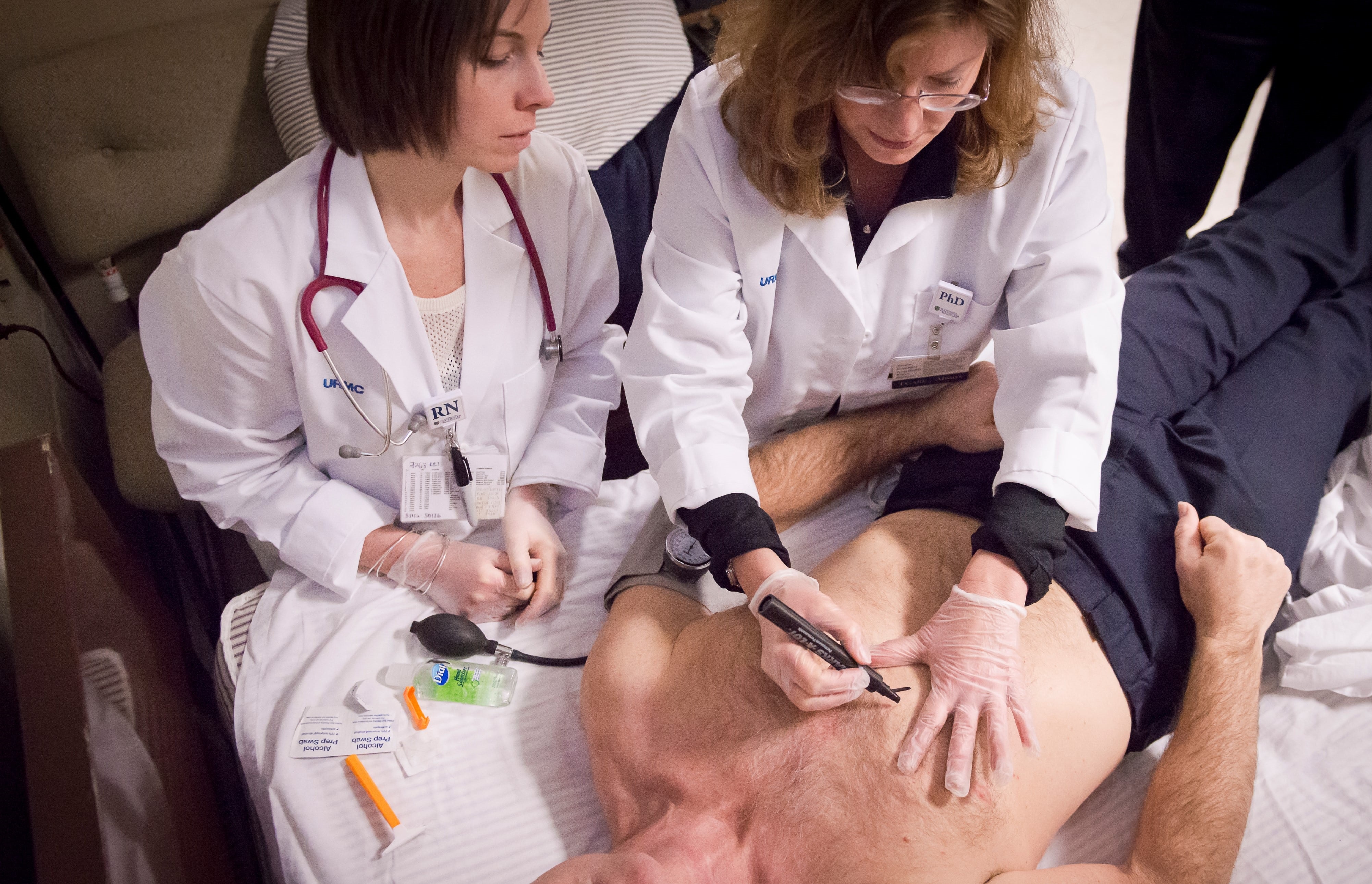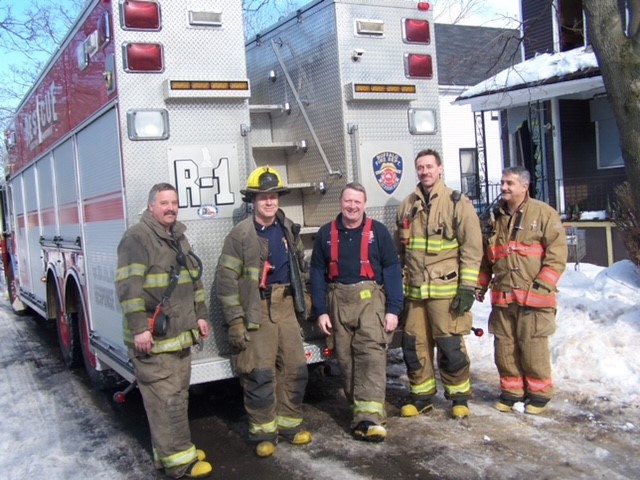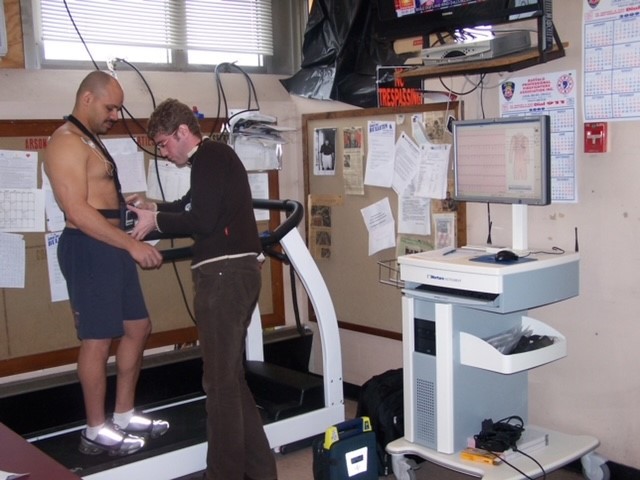AI Can Accurately Predict Potentially Fatal Cardiac Events in Firefighters
Training a machine-learning model with real-life data from firefighters was key.

Firefighters regularly risk their lives in dangerous situations, but most deaths on duty are not directly caused by fire or smoke inhalation. Instead, approximately 40% of on-duty fatalities come from sudden cardiac death.
Now, researchers at the National Institute of Standards and Technology (NIST) and their colleagues have used a form of AI known as machine learning to accurately identify abnormal cardiac rhythms in firefighters. The researchers hope their work will eventually lead to a portable heart monitor that firefighters could wear to catch early warning signs of heart trouble and prompt them to seek medical attention before it’s too late.
The team, which includes researchers from NIST, the University of Rochester and Google, published its results in the Fire Safety Journal.
Sudden cardiac death claimed the lives of 36 firefighters on duty in 2022, according to the National Fire Protection Association. Sudden cardiac death occurs when an irregular heart rhythm causes the heart to stop pumping blood, most commonly due to a heart attack. Sudden cardiac events kill on-duty firefighters at twice the rate of police officers and four times the rate of other emergency responders.
“Year after year, sudden cardiac events are by far the number one killer of firefighters,” said NIST researcher Chris Brown. “Cardiac events also cause career-ending injuries and long-term disabilities.”

Firefighters work in remarkably strenuous environments, carrying heavy objects, climbing stairs, and enduring extreme temperatures with a limited ability to cool off. And while they may experience significant discomfort, reports have shown that firefighters often try to push through these situations without realizing they may be at risk for sudden cardiac death.
To address this issue, the NIST researchers got in touch with colleagues from the University of Rochester School of Nursing. A decade ago, Rochester researcher Mary Carey and her colleagues collected 24 hours of electrocardiogram (ECG) data from each of 112 firefighters, who had electrodes strapped to their chests. The ECG data encompassed 16-hour on-duty shifts and eight-hour off-duty shifts during which the firefighters engaged in their daily activities such as answering fire and medical calls, exercising, eating, resting and sleeping.
“The firefighter data we collected is so unique,” said Rochester co-author Dillon Dzikowicz. “Having robust data is essential to move our work forward and protect firefighters.”
The researchers then used machine learning and the Rochester dataset to build what they call the Heart Health Monitoring (H2M) model. They trained H2M with 12-second segments of a large portion of the ECG data. Individual heartbeats in the ECGs were classified as normal beats or abnormal beats indicative of irregular heart rhythms such as an atrial fibrillation or ventricular tachycardia.
“The model is designed to effectively learn ECG patterns from both normal and abnormal beats,” said NIST guest researcher Jiajia Li.

Once H2M was trained and validated, it analyzed firefighter ECG data from the Rochester dataset that it had not previously seen. When presented with approximately 6,000 abnormal ECG samples, H2M identified them correctly with about 97% accuracy. As a check, H2M was also trained using ECG datasets from non-firefighters. When it used this non-firefighter data, H2M had an error rate of about 40% in identifying cardiac events in the firefighter data.
“Using the right dataset to train the AI model was critical,” said NIST researcher Wai Cheong Tam.
In the future, the researchers envision that this model could be incorporated into portable heart monitors that firefighters could wear on duty to warn them of cardiac irregularities in real time. Such an AI assistant could be the next best thing to a cardiologist accompanying a crew fighting a fire.
“This technology can save lives,” said Tam, adding that this approach could be broadened to help other groups if the AI is trained with appropriate ECG datasets. “It could benefit not only firefighters but other first responders and additional populations in the general public.”
Paper: Jiajia Li, Christopher Brown, Dillon J. Dzikowicz, Mary G. Carey, Wai Cheong Tam, Michael Xuelin Huang. Towards real-time heart health monitoring in firefighting using convolutional neural networks. Fire Safety Journal. Published online June 28, 2023. DOI: 10.1016/j.firesaf.2023.103852

